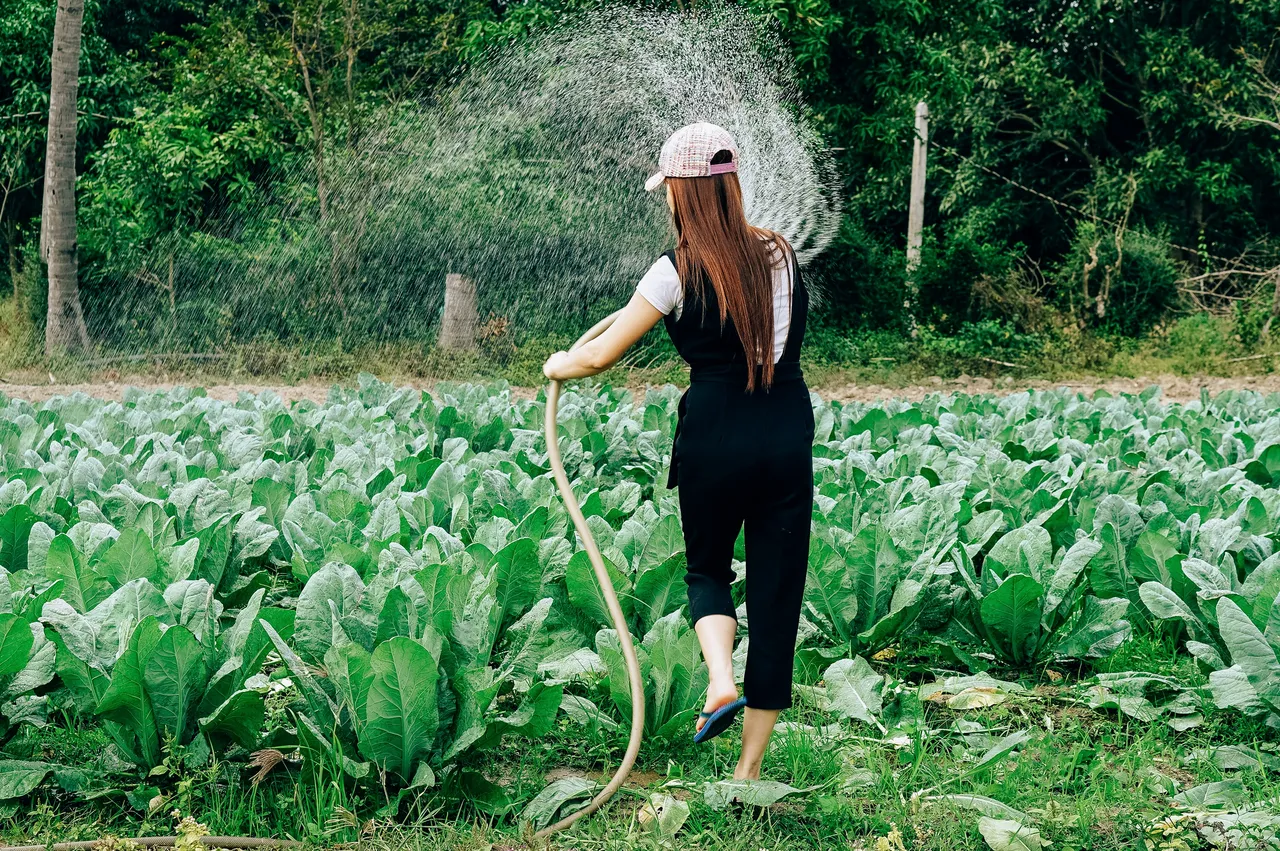
Image info
A Guide to Growing and Cooking Rare and Unusual Vegetables for Adventurous Gardeners
Gardening is not just about growing the same old tomatoes and cucumbers. It’s about exploring the vast world of plants that can add excitement and diversity to your garden. Rare and unusual vegetables are the hidden gems of the gardening world. They are waiting to be discovered by adventurous gardeners. These unique varieties offer distinctive flavors and textures. They also bring a sense of novelty to your culinary creations. In this guide, we will explore some of the most fascinating rare vegetables, their growing conditions, and how you can incorporate them into your meals.
Defining Rare and Unusual Vegetables
Rare and unusual vegetables are those that are not commonly found in grocery stores or even in many home gardens. They often have unique appearances, flavors, and growing requirements that set them apart from traditional vegetable varieties. Examples include celeriac, a knobby root vegetable with a strong flavor, and cucamelon, a tiny fruit that resembles a miniature watermelon. Embracing these vegetables can enhance your gardening experience and provide you with a wider array of culinary options.
Top Rare and Unusual Vegetables to Grow
When considering rare vegetables to grow, several unique options stand out. Celeriac, also known as celery root, is a unique root vegetable that boasts a strong, earthy flavor. This vegetable thrives in cool climates and requires well-drained, fertile soil. When growing celeriac, ensure it receives plenty of sunlight and consistent moisture. It can be harvested in the fall and used in a variety of dishes, from soups to salads. Its distinctive taste adds depth to any meal.
Chayote is a green, wrinkled squash that is both versatile and easy to grow. This tropical vegetable prefers warm weather and can be planted in well-drained soil with full sun exposure. Chayote can be eaten raw in salads or cooked in stir-fries, offering a mild flavor that complements many dishes. Its unique appearance and taste make it a fun addition to any garden. Chayote is a perennial plant that thrives in warmer climates, making it a great choice for long-term gardening. Learn more about chayote.
Egyptian walking onions are a perennial onion variety that produces bulbils on top of its stalks. You can harvest these bulbils and plant them to grow new plants. They thrive in various soil types and can tolerate drought conditions, making them an excellent choice for low-maintenance gardens. Their flavor is similar to green onions, and they can be used in salads, soups, and various culinary applications.
Kohlrabi is a turnip-like vegetable that can be grown in both spring and fall. It prefers well-drained soil and full sun but can tolerate partial shade. The bulbous stem can be eaten raw, cooked, or pickled, offering a crunchy texture and a slightly sweet flavor. This vegetable is not only nutritious but also visually appealing, with its vibrant green or purple skin.
Cucamelons, also known as Mexican sour gherkins, are tiny fruits that resemble miniature watermelons. They are fast-growing vines that thrive in warm climates and prefer well-drained soil. Cucamelons can be eaten raw, pickled, or added to salads, providing a refreshing, tangy flavor. Their unique appearance and taste make them a delightful addition to any garden.
Growing Conditions for Rare Vegetables
When growing rare vegetables, it is important to understand their specific growing conditions to ensure successful cultivation. Most rare vegetables prefer well-drained, fertile soil rich in organic matter. Amending the soil with compost can enhance its nutrient content and improve drainage. Many unusual vegetables thrive in full sun, requiring at least 6-8 hours of direct sunlight daily. However, some, like Malabar spinach, can tolerate partial shade.
Consistent moisture is important for most rare vegetables. Regular watering helps prevent stress and promotes healthy growth. However, be cautious not to overwater, as this can lead to root rot. Understanding the temperature preferences of each vegetable is vital. Some, like celeriac, prefer cooler temperatures, while others, like chayote, thrive in warm conditions. Explore more about growing conditions.
Culinary Uses and Recipes
Incorporating rare vegetables into your meals can be an exciting culinary adventure. Here are some ideas for using the highlighted vegetables:
Celeriac can be used in creamy soups or mashed as a potato substitute. You can also grate it into salads for added crunch. Chayote works well in stir-fries or as a raw addition to salads. Its mild flavor pairs nicely with various dressings and spices. Egyptian walking onions can replace green onions in recipes or be added to salads for a burst of flavor.
Kohlrabi can be sliced thinly for salads, roasted with olive oil and herbs, or turned into fritters for a tasty snack. Finally, enjoy cucamelons raw as a snack, add them to salads for a pop of color, or pickle them for a tangy treat.
Benefits of Growing Unusual Vegetables
Growing rare and unusual vegetables in your garden offers numerous benefits that go beyond just adding diversity to your plate. Many rare vegetables are packed with nutrients and can provide health benefits that common vegetables may lack. For instance, kohlrabi is rich in vitamin C and fiber, while cucamelons provide antioxidants and hydration due to their high water content.
Unusual vegetables often bring unique flavors to your dishes, allowing you to experiment with new culinary creations. Their distinct tastes can elevate traditional recipes and introduce exciting new combinations. Incorporating rare vegetables into your garden not only enhances its visual appeal but also promotes biodiversity. A diverse garden can attract beneficial insects and pollinators, leading to a healthier ecosystem.
Growing unusual vegetables encourages culinary creativity. With these unique ingredients, you can explore different cuisines and cooking techniques, expanding your culinary repertoire. By growing rare vegetables, you also contribute to the preservation of heirloom varieties and biodiversity, helping protect against the loss of genetic diversity in our food systems. Learn more about heirloom varieties.
Challenges and Solutions
While growing rare vegetables can be rewarding, it may also come with its own set of challenges. Common issues gardeners may face include limited availability of seeds. Rare vegetable seeds may not be readily available at local garden centers. To overcome this, consider purchasing seeds from specialty online retailers or seed exchanges that focus on heirloom and unusual varieties.
Some rare vegetables may have specific growing requirements that differ from common varieties. Research each vegetable's needs thoroughly and be prepared to adjust your soil, sunlight, and watering practices accordingly. Unusual vegetables may be more susceptible to certain pests and diseases. Implement integrated pest management (IPM) strategies, such as crop rotation, companion planting, and using organic pest control methods to protect your plants.
Knowing when and how to harvest rare vegetables can be tricky. Familiarize yourself with the signs of ripeness for each variety and learn the best methods for storing them to maintain freshness. Some gardeners may be unsure how to prepare and cook with rare vegetables. Seek out recipes and cooking tips to help you make the most of your harvest. Resources like cookbooks, blogs, and cooking classes can provide valuable guidance.
Conclusion
Exploring the world of rare and unusual vegetables can be a thrilling journey for any gardener. These unique varieties not only enhance the diversity of your garden but also open up a world of culinary possibilities. By understanding their growing conditions, benefits, and how to incorporate them into your meals, you can create a vibrant and exciting garden that reflects your adventurous spirit.
So why not take the plunge? Embrace the challenge of growing rare vegetables and discover the joy of adding something new to your garden and your plate. Start your journey today, and let your garden flourish with the colors and flavors of the extraordinary!
This article was developed using available sources and analyses through an automated process. We strive to provide accurate information, but it might contain mistakes. If you have any feedback, we'll gladly take it into account! Learn more

